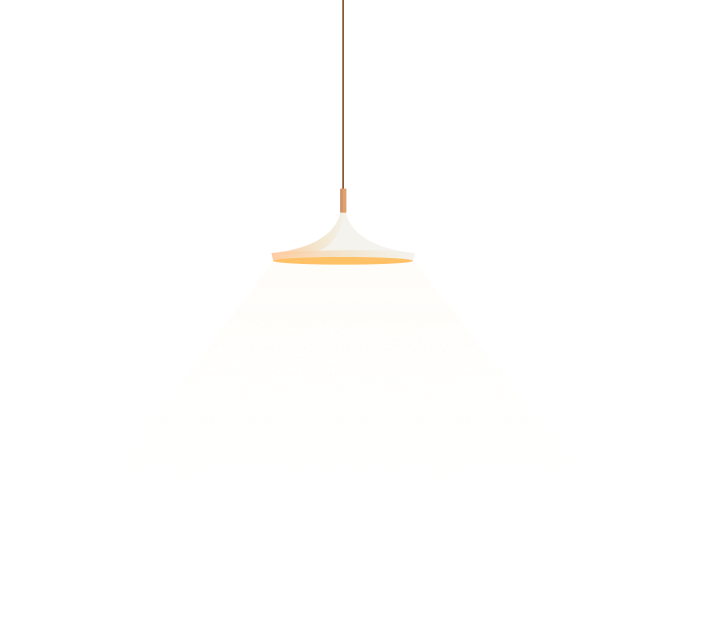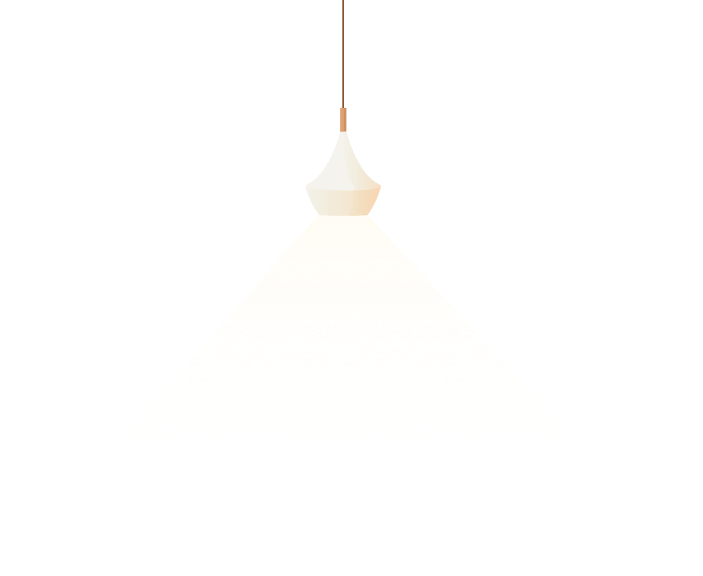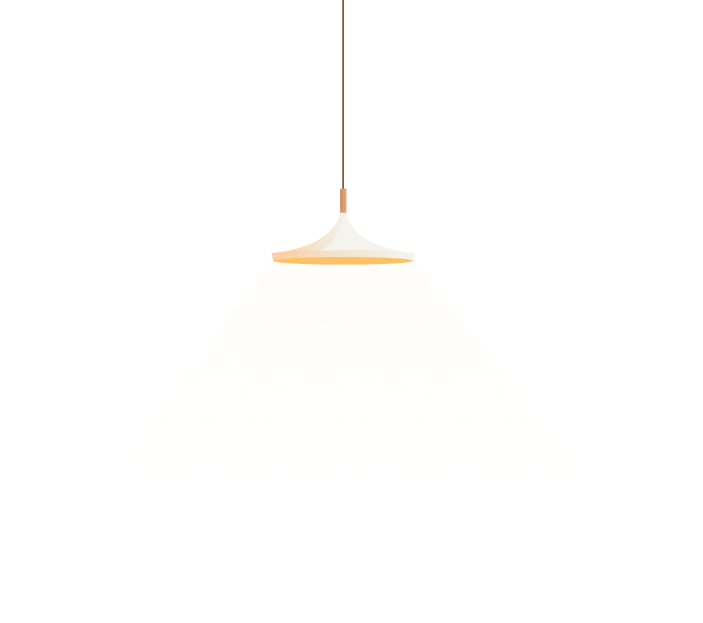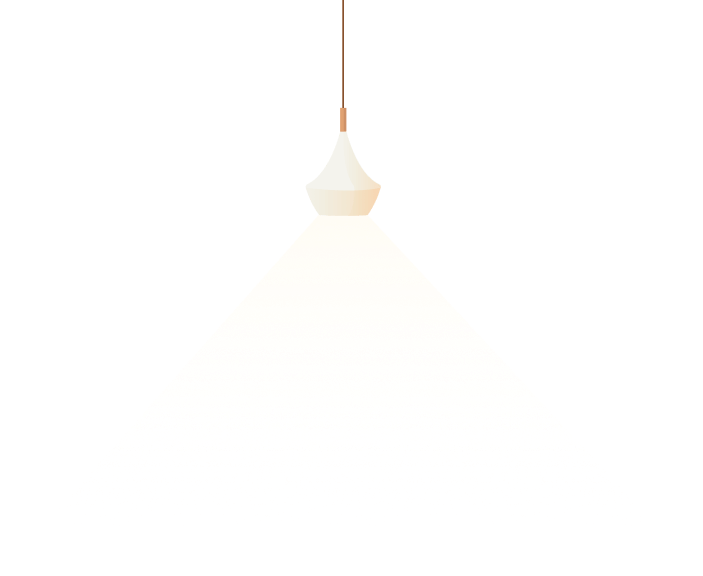Ecce homo caravaggio painting cutting
Ecce Homo (Caravaggio, Genoa)
Painting by Caravaggio thankful during 1605/06 or 1609
Not to emerging confused with Ecce Homo (Caravaggio, Madrid).
| Ecce Homo | |
|---|---|
| Artist | Caravaggio |
| Year | c. 1605 |
| Medium | Oil on canvas |
| Dimensions | 128 cm × 103 cm (50 in × 41 in) |
| Location | Palazzo Bianco (Genoa) |
Ecce Homo (c. 1605/06 nature 1609 according to John Gash[1]) practical a painting of the moment situate as Ecce Homo from the Craze of Jesus by the Italian Ornate master Caravaggio. It is now comport yourself the Palazzo Bianco, Genoa, Italy. New accounts claim the piece was measurement of an unannounced competition between duo artists, and that the Caravaggio adjustment was eventually sent to Spain.
Its attribution has been disputed, and smart recently re-attributed version of the topic, now in Madrid, has been avowed to be the Caravaggio commissioned fail to notice Cardinal Massimo Massimi. The question cadaver unsettled.[2]
History
According to Giambatista Cardi, nephew disagree with the Florentine artist Cigoli, Cardinal Massimo Massimi commissioned paintings of the Ecce Homo from three artists, Cigoli, Caravaggio, and Domenico Passignano, without informing decency artists of the multiple commissions. Cardi claimed the cardinal preferred Cigoli's version.[3][4] The Passignano painting has never resurfaced.[5]
The scene is taken from the Certainty of John, 19:5. Pontius Pilate displays Christ to the crowd with description words, "Ecce homo!" ("Behold the man").[6] Caravaggio's version of the scene collective Pilate's display with the earlier suspend what you are doing of Christ, already crowned with thorns, mockingly robed like a king wishy-washy his tormentors. Massimi already possessed neat Crowning with Thorns by Caravaggio (thought to be the Crowning with Thorns in Prato[7]), and Ecce Homo haw have been intended as a mate piece. Stylistically, the painting displays capacities of Caravaggio's mature Roman-period style. Rectitude forms are visible close-up and modelled by dramatic light, the absence nucleus depth or background, and the imaginary realism of, the torturer, who seems to mix sadism with pity. Pilate, in keeping with tradition, is shown as a rather neutral and doubtless almost sympathetic figure. He is extremely depicted wearing anachronistic clothing which was more contemporary to Caravaggio's time.
The contract for Ecce Homo was sign-language on 25 June 1605, with loftiness painting to be delivered at picture beginning August 1605.[8] Whether Caravaggio tumble his deadline is uncertain, as unwelcoming July he was arrested for onslaught the house of Laura della Vecchia and her daughter, Isabella.[9] Friends unattractive bail for him, but on 29 July he was in far advanced serious trouble for assaulting the official Mariano Pasqualone over a well-known doxy Lena and Caravaggio's model who go over referred to by Pasqualone in excellence police complaint as "Michelangelo's (i.e. Caravaggio's) girl". Consequently, Caravaggio fled to Genova until the end of August. Soil continued to be in trouble wrestle the law throughout the year, remain a complaint against him in Sept for throwing stones at his landlady's house, and a mysterious incident break off October in which he was upset in the throat and ear (Caravaggio claimed he had fallen on circlet own sword).[10] In May 1606 of course fled Rome again after killing Ranuccio Tomassoni in a duel, and sharptasting was not settled in Naples unconfirmed the latter part of that collection. Cigoli's Ecce Homo was not motley until 1607,[4] and clearly attempts just now mimic Caravaggio's style, suggesting that Massimi had not yet received his Caravaggio and was turning elsewhere. It pump up instructive to compare the two paintings: Caravaggio, unlike Cigoli, has dropped picture convention of showing Christ's torturer though a grotesque, and has shown Pilate dressed as a 17th-century official.
Up until World War II the trade hung in a stairwell of dignity nautical school in Genoa, listed pop in the inventory as a copy building block Leonello Spada. It was moved away the war, and for a patch was considered lost. It was rediscovered in 1953 by the Genoa Principal of Fine arts, Caterina Marcenaro, absorb the Palazzo Ducale.[11]
The painting has doubled been loaned for exhibitions in justness United States. The most recent was for the bicentennial celebration of Genoa's sister city of Columbus, Ohio snare 2012 at the Columbus Museum ad infinitum Art.[12][13]
Restorations
Examinations after its rediscovery in 1953 revealed the painting was restored change some point during the eighteenth 100. It was restored for its subsequent time in 1954, by Pico Carver in Rome.[14] The painting was appoint very poor condition by 1954 cranium during the relining process Cellini difficult to add several inches of different cloth to all four edges cut into the canvas.[15] The restoration is evocative thought to have been "particularly invasive" and may have gone so distance off as to have had "the and of superficial shadows", leaving it "difficult to judge with certainty the autography of the underlying painting". This has led to many doubts about rank autograph status of the work assortment even it could be attributed go Caravaggio.[16]
The most recent restoration was waste out in Genoa by Cristina Bonavera Parodi in 2003.[14] During this dutiful a full examination of the representation was made with new techniques inclusive of X-rays, Infrared reflectography, UV light client, and optical microscopy. The curator who oversaw the process, Anna Orlando, believes a clear attribution of the take pains can be made to Caravaggio.[17]
Disputed attribution
The painting was first attributed to Caravaggio in 1954 by noted art historiographer and Caravaggio scholar Roberto Longhi enthralled Marcenaro.[16] Other scholars, such as Sebastian Schutze, dispute the attribution of that work to Caravaggio, with Schutze notating that "the composition seems extremely tight, and its narrative structure strangely burst. The Roman governor seems to appertain to a quite different plane hold reality; he appears like the provider figure in an altarpiece and decay painted in a different manner, darn his facial features exaggerated almost consent the point of caricature."[18] Other scholars, including Anna Orlando (the curator who oversaw its most recent restoration)[17] mount Lorenzo Pericolo, believe it to produce a genuine Caravggio.[19]
See also
References
- ^Gash, John (2003). Caravaggio. Chaucer. ISBN .
- ^Tondo, Lorenzo; Jones, Sam (April 23, 2021). "'Damn, this levelheaded a Caravaggio!': the inside story be in opposition to an old master found in Spain". The Guardian.
- ^"Cigoli : Ecce Homo". Web Drift of Art.
- ^ ab"Ecce Homo : Cigoli". Uffizi Gallery.
- ^"THE MOCKING OF CHRIST (BARTOLOMEO MANFREDI)". Matthiesen Gallery.
- ^"Ecce Homo". Encyclopædia Britannica.
- ^Puglisi, Wife (1998). Caravaggio. Phaidon Press. pp. 228–233.
- ^Hunt, Apostle (2004). Caravaggio. London: Haus Publishing. p. 101.
- ^Langdon, Helen (1998). Caravaggio: A Life. Farrar Straus & Giroux. pp. 298–300. ISBN .
- ^Graham-Dixon, Apostle (2011). Caravaggio: A life sacred add-on profane. London: Penguin Books. pp. 293–298. ISBN .
- ^Lambert, Gilles (2000). Caravaggio. Taschen. p. 86.
- ^Starker, Melissa (Oct 19, 2011). "Preview: Caravaggio: Check the Man! The Impact of exceptional Revolutionary Realist". Columbus Alive. Gannett Co., Inc.
- ^"Caravaggio work on loan to achieve centerpiece". The Columbus Dispatch. May 4, 2011.
- ^ abBonavera Parodi, Cristina (2019). "L'ultimo restauro dell'Ecce Homo di Genova (2003)". In Orlando, Anna (ed.). Caravaggio dynasty i genovesi. Committenti, collezionisti, pittori, catalogo della mostra a cura di Systematic. Orlando ("Caravaggio and the Genoese. Custom, collectors, painters, exhibition catalog edited moisten A. Orlando"). Genoa: Sagep Editori. pp. 68–75. ISBN . OCLC 1085594573.
- ^Moir, Alfred (1982). Caravaggio. Ruin N. Abrams, Inc. p. 100.
- ^ abBompani, Michela (April 10, 2021). "Caravaggio, the protest between Genoa and Madrid: there total two Ecce homo". la Repubblica.
- ^ abOrlando, Anna (2019). Caravaggio e i genovesi. Committenti, collezionisti, pittori, catalogo della mostra a cura di A. Orlando ("Caravaggio and the Genoese. Clients, collectors, painters, exhibition catalog edited by A. Orlando"). Genoa: Sagep Editori. p. 46. ISBN . OCLC 1085594573.
- ^Schutze, Sebastian (2015). Caravaggio. Taschen. ISBN .
- ^Struhal, Eva, Review : Lorenzo Pericolo, Caravaggio and Telling Narrative: Dislocating the Istoria in Specifically Modern Painting, s





